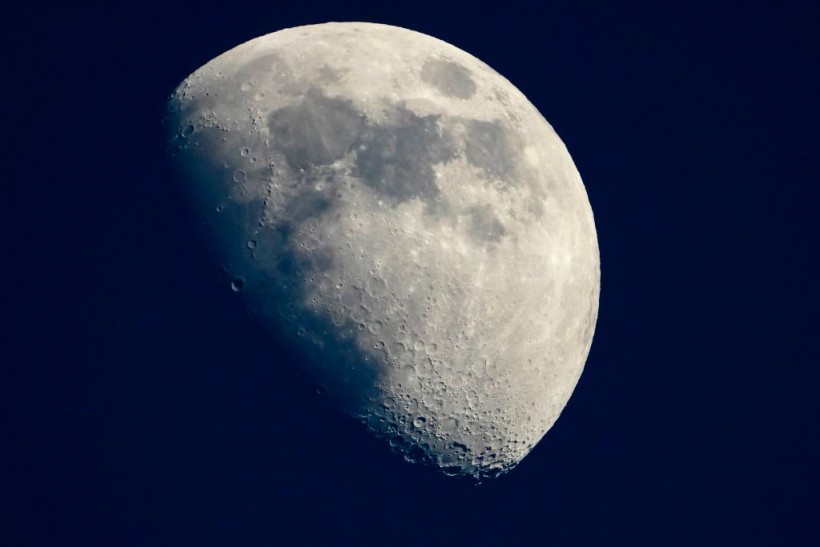China reportedly plans to use an unmanned spacecraft to become the first country in history to gather samples from the moon's far side.
Only a few years have passed since the nation's unmanned spacecraft performed two successful landings on the moon's near side and successfully retrieved samples from the Moon.
A Long March 5 rocket carrying the 8.2-ton Chang'e 6 spacecraft is scheduled to lift off at the country's southernmost spaceport, the Wenchang Space Launch Site, on the subtropical island of Hainan, at 4 p.m. local time on Friday (4 a.m. ET).
A Chinese tale tells of a woman named Chang'e who flew to the moon after drinking an elixir of life.
The probe is anticipated to land in the Apollo crater in the wider South Pole-Aitkin basin of the moon. It was initially constructed as a backup for China's 2020 mission to the moon's near side.
 (Photo: LAURENT EMMANUEL/AFP via Getty Images)
(Photo: LAURENT EMMANUEL/AFP via Getty Images)
Over twice as long as its predecessor, Chang'e 6 will return with over two kilograms (4.4 pounds) of samples from the side of the moon that is hidden from Earth's view in 53 days.
Chang'e 6, according to deputy chief designer Wang Qiong of state broadcaster China Central Television, is intended to update China's scientific data about the moon by conducting systematic, long-term research on the moon's far side to examine the composition, structure, and physical characteristics of lunar soil.
Because scientists on Earth cannot directly contact via radio signal with spacecraft in the remote region, it is challenging to do research on the far side, which has more craters and fewer signs of volcanic activity.
China claims to have found a solution with its Queqiao, or "Magpie Bridge," relay satellite system.
China deployed a relay satellite in March to improve communication between Chang'e 6 and Earthly ground stations. The satellite is planned to support two additional lunar expeditions, tentatively scheduled for 2026 and 2028.
Multi-Nation Effort
China has granted permission for the United States and other nations to use Queqiao relay satellites for their lunar explorations, according to a report published by the state-run Science and Technology Daily last year. However, the report did not provide specifics.
Pakistan, France, Italy, and the European Space Agency provided instruments for Friday's trip. A sizable military transport plane supplied by Russia, which intends to establish a lunar research base alongside China, helped move Chang'e 6 components to the launch pad.
China's Progress Worries the US
NASA is not involved since it is prohibited from working with any Chinese enterprise by the Wolf Amendment of 2011. China's progress continues to worry the US. Just this March, a US general warned that China's space expansion could affect the country's interests.
General Stephen Whiting, the chief of US Space Command, warned of China's explosive space technology development, highlighting the possible risks to US interests on Earth and in orbit.
Ahead of the US Senate Armed Services Committee, Whiting emphasized China's "breathtaking" advancements in counter-space and military space capabilities, intended to prevent the US and its allies from accessing space assets when needed.
As evidence of its developing space capabilities, China has set ambitious goals for 2024, including the launch of 100 rockets to place 300 spacecraft into orbit.
Furthermore, according to Whiting's projections, China is determined to become a global military force and challenge US dominance in space by 2030, achieving world-class status in major space technology domains.
Related Article: China Launches World's Largest Electric Container Ship, Slashing 8,600 Pounds of Emissions per 100 Nautical Miles
 (Photo: Tech Times)
(Photo: Tech Times)





